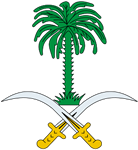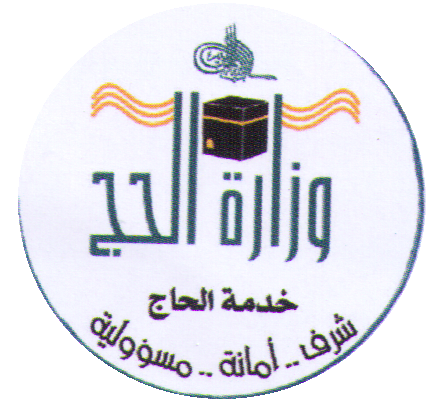


Technical Conditions/ Requirements Pertaining to Air Safety and Standards Regulating Air Operation
4-a. Compliance with provisions, requirements and instructions stated in the Saudi Aeronautical Information Publication (AIP) and the relevant amendments and periodical updates particularly Parts GEN 1.2. In addition to the filing of the operation specification in accordance to PCA/FAR Part 129 and adhering to other relevant agreements.
4-b. Filing of Form PCA-ASSD 110-1 including all documents listed on the back of this form. In addition to these documents a copy of the aircraft noise certificate, the radio license and the operation specifications issued to the operator by his state CAA, should also be submitted. The form and the related documents will be assessed and processed for approval as part of the operation clearance requirements. This form can be obtained from the Air Transport Department, Aviation Standards and Safety Department (ASSD) or by visiting PCA website. The form and related documents have to be submitted for each aircraft. A copy of the approved form must be carried on board the aircraft.
4-c. Form PCA-ASSD 110-1 and the documents listed on the back must be submitted to PCA ASSD no later than the first of Sha'aban 1426H (5 September 2005). The package will be reviewed by ASSD and the applicant will be informed of any missing documents within two weeks of receiving the complete package. The applicant must submit the missing documents within two weeks to ASSD to maintain his priority in processing the application.
4-d. The aircraft must satisfy the airworthiness requirements of PCA/FAR Part 129 and all the requirements of the International Civil Aviation Organization Annex 6, Volume 1. As a minimum the aircraft must have the following equipment:
- Flight data and cockpit voice recorders.
- Airborne Collision Avoidance System (ACAS/TCAS).
- Wind shear warning.
- Reinforced cockpit door.
- Enhanced Ground Proximity Warning System (EGPWS/TAWS).
4-e. The operator, after obtaining the approval for operations, shall coordinate with ASSD to determine a suitable time and location for aircraft inspection by PCA-ASSD staff based on the availability of the aircraft. The operator shall be responsible for the transportation and daily allowance costs associated with this inspection in accordance to the AIP Paragraph GEN 4.3-2.4.2.b.
4-f. In addition to the above-mentioned inspections prior to arrival to the Kingdom, a randomly selected aircraft shall be subject to further safety inspection upon arrival. Further to the obligations mentioned in Article 33 of the Chicago Convention, the purpose of these inspections is to verify the validity of the relevant aircraft documentation, licensing of its flight crew, aircraft equipment and that the condition of the aircraft conforms to the current standards and all previous inspection findings have been rectified. When an urgent action is essential for the safety of the aircraft operation, PCA will immediately suspend the operating authorization of the aircraft until a corrective action is taken. Violation of the airworthiness or operating requirements will be subject to fines according to the PCA approved table of sanctions.
4-g. Each pilot must be familiar with applicable rules, navigational and communication facilities, air traffic control and the Kingdom's AIP. The pilot should be able to communicate in the English language.
- Application Requirements
- Flight Scheduling and Slot Allocation Procedures
- Technical Measures and Conditions Governing Air Operations Applied on all Flights
- Important PCA Requirements
- Additional Technical Conditions Applicable to Air Carriers Operating Only Hajj Charter Flights
- General Terms and Conditions
- Penalties for Violation
Main reference point: